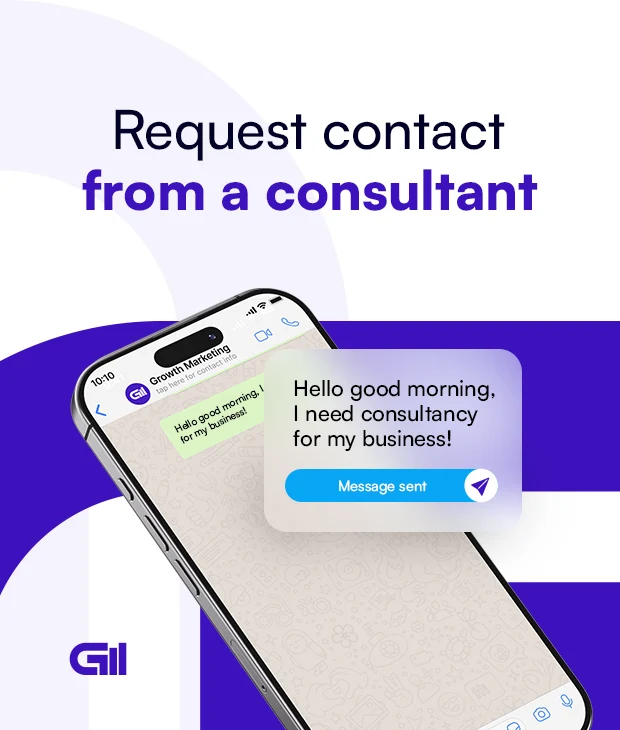In today’s increasingly digital world, businesses need to find innovative ways to reach and engage their target audiences. This is where inbound marketing stands out as a powerful and effective strategy. This unconventional approach focuses on attracting potential customers by creating valuable content and personalized experiences, rather than using traditional marketing that interrupts consumers with unwanted ads.
The core philosophy of inbound marketing is to provide value before asking for something in return. This transforms the buying process into a more collaborative and positive experience for the consumer, building trust and loyalty.
What is Inbound Marketing?
Inbound marketing is a strategy based on attracting, engaging, and delighting potential customers using relevant and targeted content. Unlike traditional outbound marketing strategies, such as TV ads and cold calls, which “push” the message to consumers, inbound marketing “pulls” potential customers to your brand through useful and informative content.
Main Components of Inbound Marketing
- Quality Content: The heart of inbound marketing. Includes blogs, e-books, videos, and infographics that offer valuable information.
- SEO (Search Engine Optimization): Content optimization to improve visibility in search engines.
- Social Media Marketing: Strategic use of social platforms to disseminate content and interact with the audience.
- Automated Email Marketing: Personalized communication that nurtures leads throughout the sales funnel.
Benefits of Inbound Marketing
Cost-Effectiveness:
Inbound marketing is often more economical compared to traditional marketing. Since the strategy focuses on attracting leads who have already shown interest, acquisition costs tend to be lower.
Customer Engagement and Loyalty:
By focusing on creating relevant content, inbound marketing helps establish a deeper connection with the audience. This relationship-based approach promotes loyalty and repeat business.
Increased Traffic and Better Lead Quality:
With SEO-optimized content, it becomes easier for potential customers to find your site. This not only increases traffic but also improves lead quality, as they have already shown interest in your content.
Monitoring and Result Analysis:
The ability to monitor and measure the effectiveness of inbound marketing campaigns allows for quick and precise adjustments, ensuring the strategy remains aligned with business goals.
Effective Inbound Marketing Strategies
Implementing a successful inbound marketing strategy requires careful planning and the execution of various tactics that work together to attract, engage, and convert consumers. Below, we will discuss some of the key strategies that can be employed to optimize your inbound marketing service.
- Creating Quality Content
Creating relevant and valuable content is the pillar of inbound marketing. The content should be informative and aimed at addressing the needs and problems of your customers. Examples include:
- Detailed and Educational Blog Posts: Publish articles that address current trends, techniques, and case studies in the world of inbound marketing.
- Downloadable Guides and E-books: Offer rich materials that delve into important topics for your audience, such as “How to Implement an Inbound Marketing Strategy in 10 Steps”.
- Videos and Webinars: Use video formats to visually engage the audience and offer interactive content, such as live demonstrations or workshops.
- Search Engine Optimization (SEO)
To ensure the content reaches the right audience, it is crucial to optimize each piece for SEO. This includes:
- Strategic Use of Keywords: Naturally incorporate relevant keywords, such as inbound marketing, into the title, headers, and body of the text without compromising readability.
- Backlinks and Page Authority: Build internal and external links that increase your site’s authority and improve its search engine ranking.
- Meta Descriptions and Alt Tags: Optimize meta descriptions and use alt tags in images to improve accessibility and content indexing.
- Social Media Engagement
Social networks are powerful tools for disseminating your content and creating an active dialogue with the audience. Strategically, this can include:
- Regular Content Posting: Share blog posts, infographics, and important updates on platforms like LinkedIn, Twitter, and Facebook.
- Interaction and Quick Responses: Respond promptly to comments and questions, building a trust relationship with your followers.
- Paid Content Campaigns: Use paid ads to reach new audiences who are not yet familiar with your brand.
- Marketing Automation and Personalization
Automating marketing not only saves time but also ensures that the right content reaches the right recipient at the right time. Some practices include:
- Personalized Email Segmentation: Send targeted emails based on user behavior and stated preferences.
- Automated Lead Nurturing Funnels: Create email sequences that logically and effectively move leads along the sales funnel.
- A/B Testing: Conduct tests to determine which versions of emails or landing pages perform better.
Implementing Inbound Marketing Structures
Effective implementation of inbound marketing requires more than just ideas; it requires strategic execution and continuous monitoring to ensure the tactics align with business goals. Here are some practical approaches to ensure successful implementation.
- Strategic Planning
Before implementing any inbound marketing strategy, it is essential to clearly define your business goals and understand your target audience. This includes:
- Defining Buyer Personas: Create detailed profiles of ideal clients, including their pain points, desires, and consumption habits.
- Establishing KPIs: Determine key performance indicators (KPIs) such as traffic increase, lead conversion rates, and marketing ROI.
- Coordinated Campaign Execution
When implementing inbound marketing campaigns, it is crucial to ensure that all pieces are interconnected and work together to achieve the desired goals.
- Editorial Calendar: Develop an editorial calendar that details when and where each piece of content will be published, ensuring consistency and regularity.
- Platform Integration: Use a content management system (CMS) that integrates all tools, such as email automation, SEO, and analytics, to facilitate workflow.
- Multichannel Engagement: Leverage multiple platforms (blogs, social media, email) to promote the same message in a coordinated manner and reinforce the content’s impact.
- Continuous Analysis and Adjustment
One of the most significant advantages of inbound marketing is the ability to measure and quickly adjust strategies based on data analysis.
- Analysis Tools: Use tools like Google Analytics to monitor site performance, traffic, and conversions.
- Consumer Feedback: Regularly collect consumer feedback to identify areas that need improvement and opportunities to expand.
- Campaign Iteration: Build on the collected data to adjust and optimize campaigns, testing new versions and techniques to maximize effectiveness.
- Practical Cases and Success Stories
Including practical examples and case studies not only strengthens the credibility of your approach but also demonstrates a proven track record of success.
- Customer Testimonials: Share stories of clients who achieved positive results through your inbound marketing strategies.
- Detailed Analyses: Publish case studies detailing the initial problem, applied solution, and results achieved.
Adopting an effective inbound marketing strategy can revolutionize how your company attracts and interacts with potential customers. By prioritizing value creation through relevant content and personalized experiences, inbound marketing not only strengthens your brand’s online presence but also builds lasting and meaningful relationships with customers.
Success in inbound marketing depends on integrating well-planned tactics with clear objectives and measurable KPIs. Through strategic planning, coordinated execution, and continuous analysis, companies can attract qualified leads, convert those leads into loyal customers, and eventually transform them into enthusiastic brand promoters.
Furthermore, using practical cases and success stories helps establish authority and trust in your area, differentiating your company from competitors. This approach not only improves customer satisfaction but also maximizes long-term return on investment.
If you’re ready to take your business to the next level with a robust inbound marketing strategy, we invite you to request a free analysis of your company. Our specialized team can show you how to effectively implement Growth Marketing tailored to your business’s specific needs and goals. Transform your online presence and start reaping the benefits of a marketing strategy that truly works. Contact us today and take the first step toward sustainable growth.










